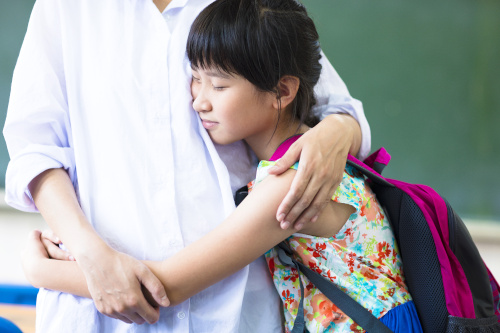We’ve all been through a traumatic experience in the last year. In a typical year, school is the only safe place for many students, and it is often the place where abuse or other trauma is recognized and help provided. But during remote learning, those children suddenly had no safe place to go and no adults to recognize the danger they were in and offer a lifeline.
As children return to school this fall, here’s how educators can spot those who may need mental health support, and a few suggestions for offering help.
Adverse childhood experiences
According to a study by the CDC and Kaiser Permanente, 10 adverse childhood experiences (ACEs) include the following:
- Physical, emotional. or sexual abuse;
- Physical or emotional neglect; and
- Household dysfunction (mental illness, incarcerated relatives, substance abuse, divorce, and violent treatment towards a parent).
According to the CDC, many of us will suffer ACEs: 61 percent of adults had at least one ACE, and 16 percent experienced four or more. Recent studies, including the Philadelphia ACE Project, have explored community-level trauma and now include witnessing violence, experiencing discrimination, adverse neighborhood experiences, being bullied, and living in foster care as additional ACEs.
Researchers are exploring the impact of living in communities with broad exposure to adverse experiences, and most certainly, the pandemic of the past year added yet another layer of complexity. Children living in families where abuse, neglect, and household dysfunction were present before the pandemic may have experienced even more trauma throughout the quarantine due to the isolation that left them without opportunities to contact positive adults and form relationships with a support system outside the home. Families with members suffering from mental illness may have found it difficult to continue treatment or find support. Families living in communities that also experience significant levels of adversity may have had even more exposure to ACEs.
- Are substitutes the answer to the teacher shortage? - June 13, 2023
- Preparing for ransomware attacks begins with education - June 13, 2023
- How to use UDL-inspired technology to reengage students - June 12, 2023

